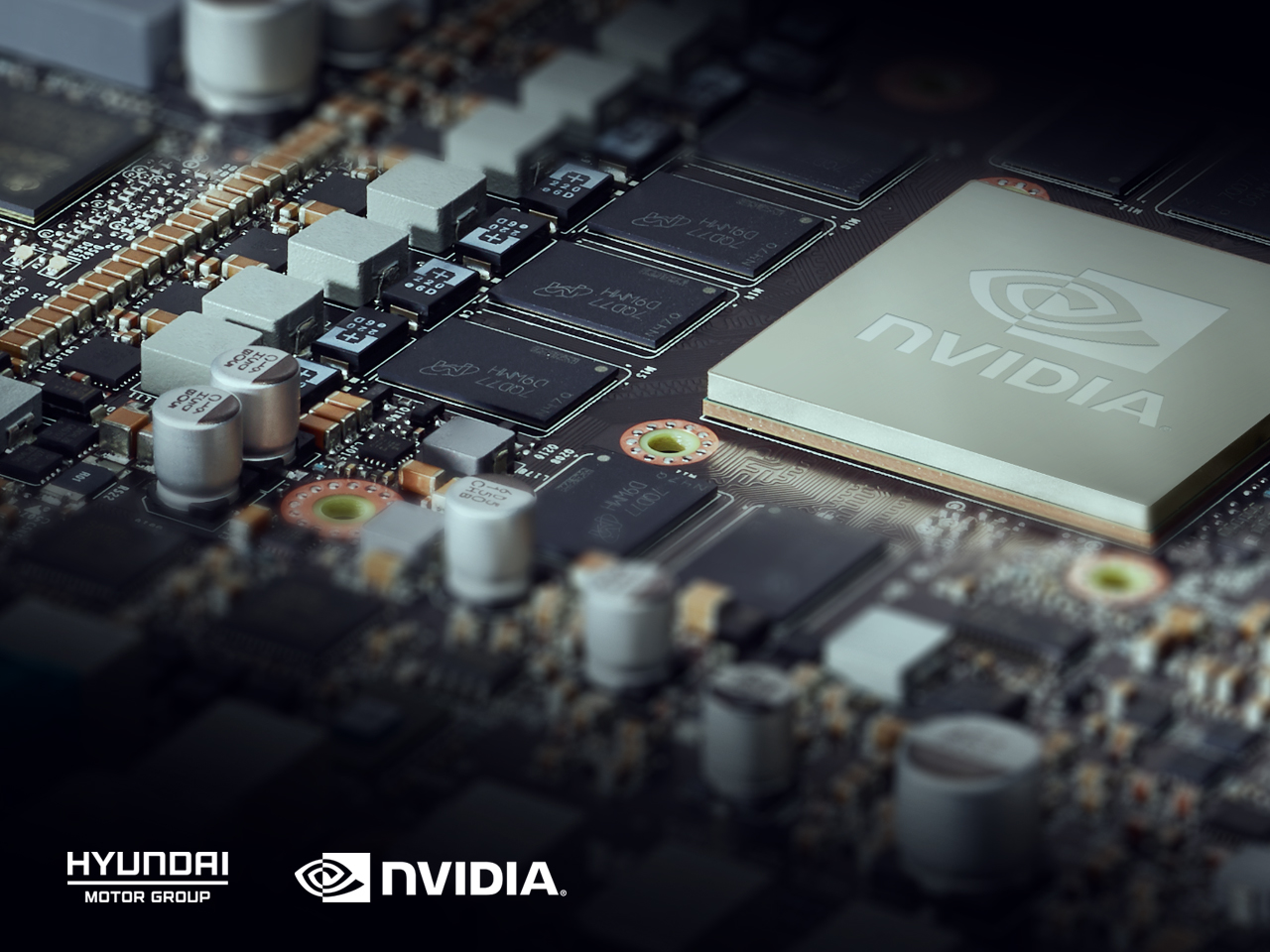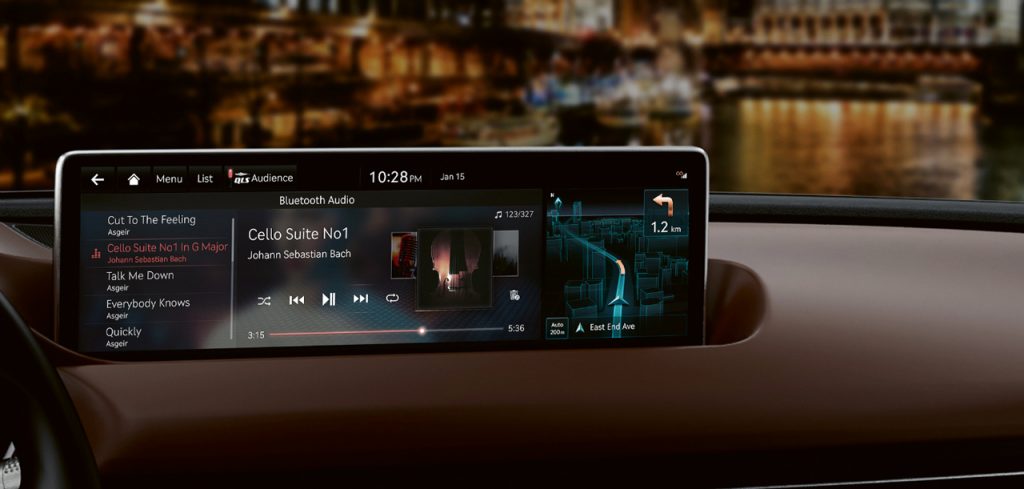Hyundai Motor Group will introduce Nvidia’s Drive connected car platform across all new models from its Hyundai, Kia and Genesis brands from 2022 onward.
The auto maker says that its technical cooperation with Nvidia will enable it to develop high-performance connected car computing systems for its next-generation models. Drive includes a hardware and software stack, which the Korean manufacturer says will enable it to develop systems which combine audio, video, navigation, connectivity and artificial intelligence-based connected car services.
Hyundai has been working with Nvidia since 2015, and the platform already underpins the advanced IVI systems found in the Genesis GV80 and G80. The companies have also been collaborating on an advanced digital cockpit, due to be launched in late 2021.
“At Hyundai Motor Group, we are committed to delivering greater value, safety, functionality and enjoyment over the lifetime of the car,” said Paul Choo, senior vice president of Electronics Tech Unit at Hyundai Motor Group. “The Nvidia Drive platform is proven – it is scalable, energy-efficient and has the performance to support our next generation of software-defined vehicles.”
The partnership with Nvidia will also enable Hyundai to roll out its new connected car operating system (ccOS) in future models. Developed in-house, ccOS will bring together the large amount of data generated by the vehicle and its network of sensors, as well as external connected car data centers. It also incorporates an integrated architecture for a new connected car service platform (ccSP), an open platform enabling a wide range of partners to provide relevant services to owners.
According to Hyundai, the ccOS will use Nvidia’s software frameworks to implement four core IT competencies:
- ‘High-performance computing’, using Nvidia GPUs to process large amounts of data inside and outside the vehicles and optimize system performance to support advanced IT technologies, such as deep learning.
- ‘Seamless computing’, which provides uninterrupted service regardless of the vehicle’s online or offline state. The vehicle connects with the surrounding infrastructure and smart devices to bring the user experience from external devices into the vehicle environment.
- ‘Intelligent computing’, providing intelligent customized services by properly identifying the driver’s intentions and condition.
- ‘Secure computing’, protecting the system by monitoring in-vehicle and external networks and isolating data associated with vehicle safety.




